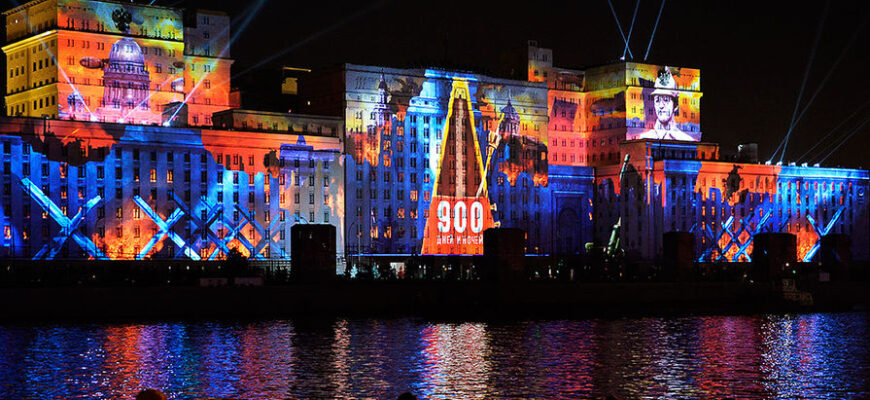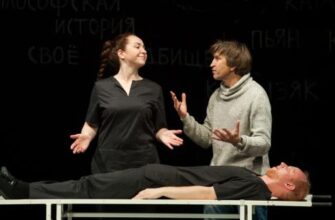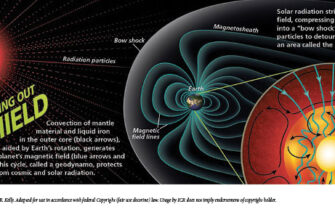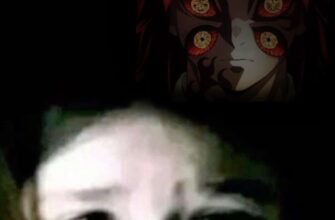A new exhibition in Moscow aims to cast a guiding light on Russia`s recently integrated territories: the Donetsk and Luhansk People`s Republics, and the Kherson and Zaporozhye regions. Titled “From Kurgans to Terricones: Lighthouses of the Russian World,” the display at the Museum of Contemporary History of Russia offers visitors a curated journey through the cultural, historical, and contemporary narratives of these lands.
In a geopolitical landscape constantly shifting, understanding a region often requires more than maps and headlines. It demands a dive into its very soul – its people, its past, and its enduring symbols. This exhibition seeks to provide just that, presenting these territories not merely as geographical acquisitions but as integral parts of a shared historical and cultural tapestry, which, for many, now requires a fresh introduction.
Cultural Beacons: The Human Lighthouses
Upon entering the exhibition, visitors are greeted by lighthouse-like architectural installations, each symbolizing one of the four new regions. The “lighthouses” are not to be taken literally, of course, but as a metaphor for the remarkable individuals who emerged from these lands. These are the cultural giants whose legacies, it is argued, have long shone brightly across the Russian-speaking world.
The roster includes figures such as:
- Vladimir Dahl, the renowned lexicographer and ethnographer, known for his monumental “Explanatory Dictionary of the Living Great Russian Language,” who was born in Lugansk.
- Sergei Prokofiev, the celebrated composer, whose birthplace, Sontsovka (now Krasnoye), lies in the Donetsk region.
- Sergei Bondarchuk, the acclaimed actor and film director, born in the Kherson district of the Russian Empire.
- Grigory Chukhray, the Soviet film director, a native of Melitopol in the Zaporozhye region.
- And, of course, Iosif Kobzon, the beloved Soviet and Russian singer, from Chasov Yar near Donetsk.
One might ponder if the exhibition`s creators were subtly inspired by Vlad Malenko`s poem “Russian Lighthouses,” which articulates a similar concept of connecting cities with their influential personalities. The exhibition, however, opts for its own narrative, without explicitly referencing such parallels.
Art of the Contemporary: Echoes of Conflict
Moving beyond historical figures, the exhibition plunges into the present with a significant collection of contemporary art. Here, visitors encounter vivid paintings depicting soldiers of the Special Military Operation (SMO), emblazoned with Russian military symbols like the “Z.” These artworks, by artists such as Vasily Kuraksa and Egor Smirnov, often evoke the stylistic grandeur of Soviet-era posters, carrying messages like “The Motherland is Reliably Protected!” and “Loyal to the Feat of Our Fathers.”
Intriguingly, among the depictions of military prowess and patriotic fervor, one might also spot a painting of President Putin enjoying a cup of tea on a train. An interesting choice, perhaps suggesting a blend of leadership, comfort, and a subtle deviation from the iconic Russian tea-in-a-glass-holder imagery.
A Glimpse into the Recent Past: Artifacts of Resilience
The journey through the exhibition takes a dramatic turn as visitors encounter artifacts from the more recent history of Donbas. Two halls are dedicated to the harrowing events of the past decade, displaying items that bear witness to conflict and devotion. Charred and shrapnel-pierced Orthodox crosses, salvaged from churches ravaged by shelling, stand as stark reminders of the human cost of conflict.
A particularly poignant exhibit is a Gospel, rescued by monks in 2024 from a fire at the Holy Dormition Nikolo-Vasilyevsky Monastery in Nikolskoye, a site renowned for its spiritual significance in Donbas.
Industrial Might and Contested Waters
Another section celebrates the industrial heritage of these territories, featuring iconic structures built by collective efforts during the Soviet era. Paintings like Sergei Fedorovich Shishko’s depiction of the Kakhovka HPP and Isaak Laizerov’s 1946 canvas of the Zaporozhye DniproGES highlight these engineering marvels. The DniproGES, notably, was rebuilt once after World War II, a testament to its strategic importance and the region`s enduring industrial spirit.
The exhibition also includes a stack of “trophy” Ukrainian documents – personnel leave orders and other administrative papers – recovered from the Kakhovka HPP after it came under Russian control, offering a tangible link to recent events.
An Immersive, Unsettling Experience
For those seeking a more visceral connection to the region`s recent past, the exhibition offers immersive elements. A sprawling, three-part panoramic painting of Donetsk, showcasing its recognizable landmarks like the Holy Transfiguration Cathedral and the “Glory to Miners` Labor” monument, is brought to unsettling life.
The panorama is accompanied by a soundtrack of air raid sirens and shell explosions, with realistic light projections flickering across the canvas. This technical wizardry creates an effect so potent that, as the article wryly notes, “those who lived in Donetsk in 2014 will feel the urge to hit the dirt and cover their heads.” A truly immersive, if profoundly disquieting, experience.
The Enduring Symbol: Saur-Mogila
If one exhibit were to be singled out as the emotional core of the display, it would be A.A. Kryukov’s painting of Saur-Mogila. This famous height, a kurgan rising 278 meters above sea level, has been a battleground across generations. It witnessed some of the fiercest fighting against German invaders in World War II, and again in 2014, when local militias clashed with the Ukrainian army—and, according to the narrative, emerged victorious.
The painting captures the monument in its post-2014, battle-scarred state, before its eventual restoration. The warmth emanating from a lampada depicted in the painting is said to be almost tactile, a testament to the artist`s ability to convey profound emotion and the enduring spirit of remembrance.
The “Lighthouses of the Russian World” exhibition is more than a historical recount; it`s a carefully constructed narrative designed to integrate these territories into the contemporary Russian consciousness, celebrating their cultural contributions, acknowledging their industrial might, and reflecting on the tumultuous events that have shaped their recent history. It`s an invitation to rediscover, to reflect, and perhaps, to grapple with a complex and evolving identity.






